Grandpa Ron
Been spending a lot of time on here!
- Joined
- Aug 9, 2018
- Messages
- 1,156
- Reaction score
- 703
- Can others edit my Photos
- Photos OK to edit
I was experimenting with available light photography. I was quite please with how much a DSLR can capture with a high ISO, bright moon and a 30 second shuttered. I was also capturing some darker sky constellation photos and thought about some star trails. My Canon t6 Rebel has a max timer setting of 30 seconds, but I need a 3 hours exposure window.
So the question is, "If I use the Bulb setting on the camera, will I over heat the sensor or hurt the battery with 3 hours Bulb exposure?)
So the question is, "If I use the Bulb setting on the camera, will I over heat the sensor or hurt the battery with 3 hours Bulb exposure?)


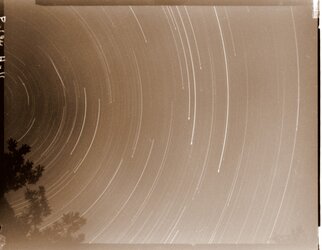
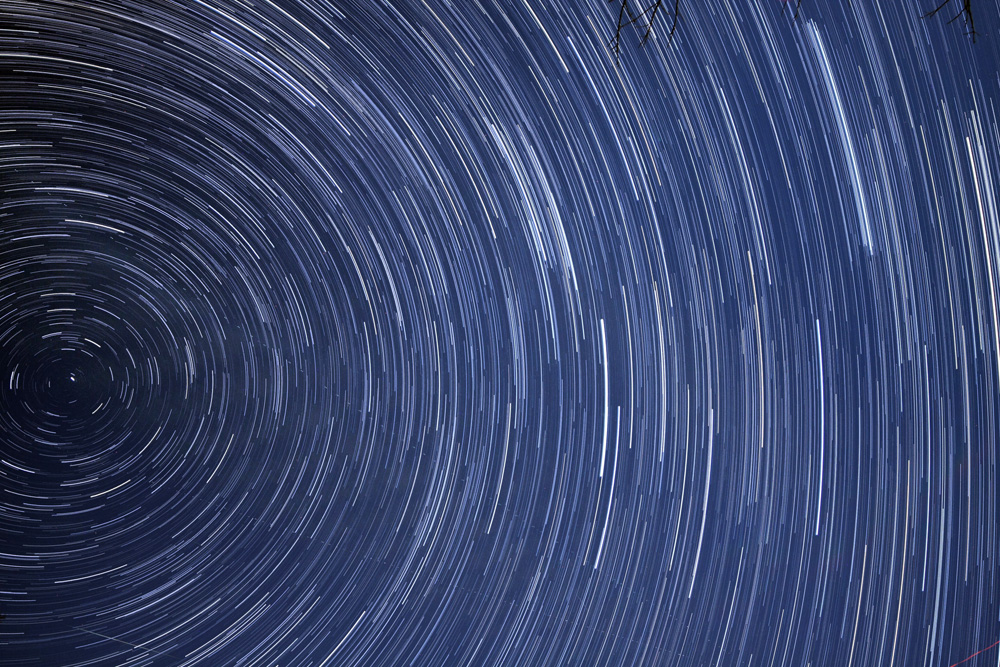
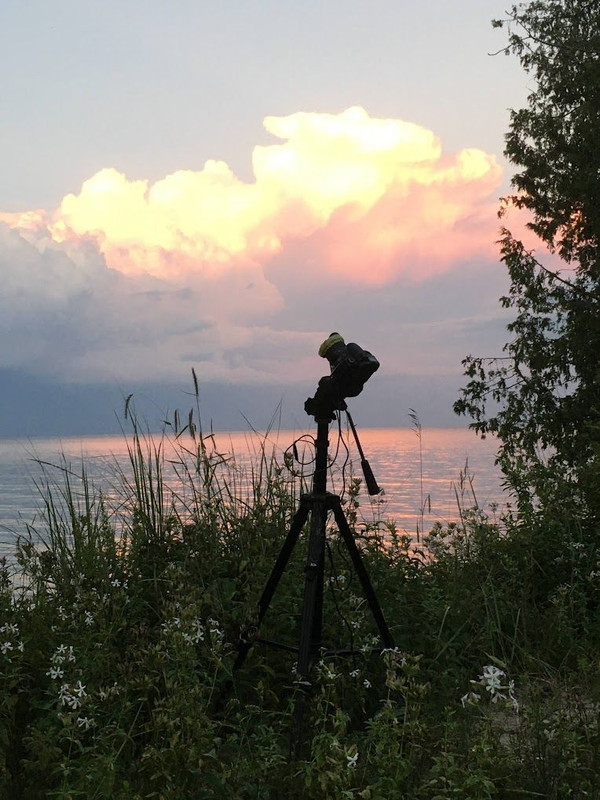
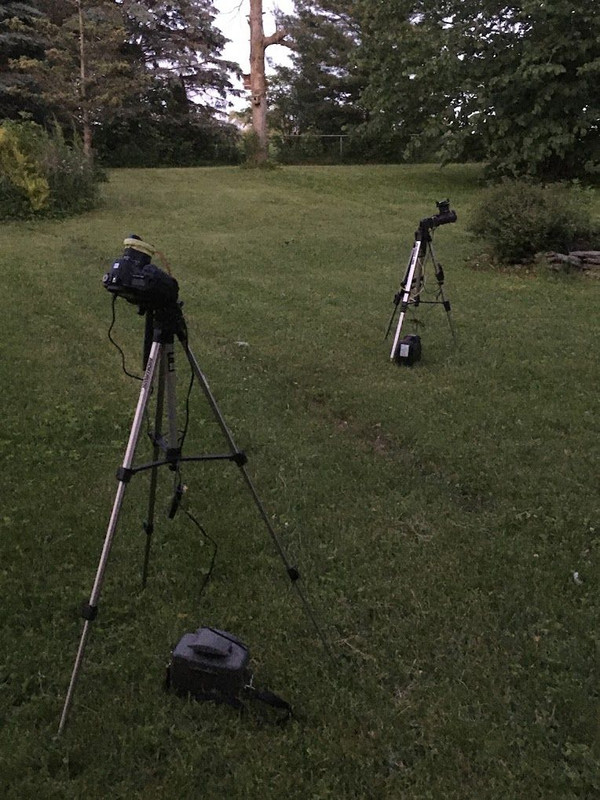
 Each one has a hand wound heater coil on the lens.
Each one has a hand wound heater coil on the lens.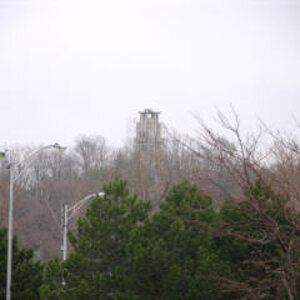
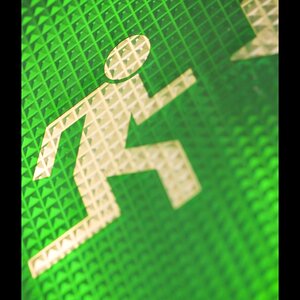
![[No title]](/data/xfmg/thumbnail/37/37603-739c5d9b541a083a12f2f30e45ca2b7b.jpg?1619738147)
![[No title]](/data/xfmg/thumbnail/32/32808-9d1f657a1903d3bdbd67ea830397d62c.jpg?1619735668)

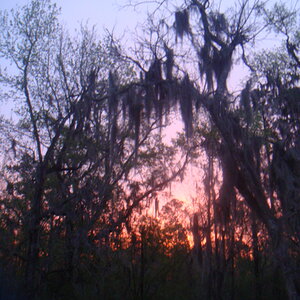
![[No title]](/data/xfmg/thumbnail/37/37606-3c9ffb5906173fa2aa489341967e1468.jpg?1619738148)
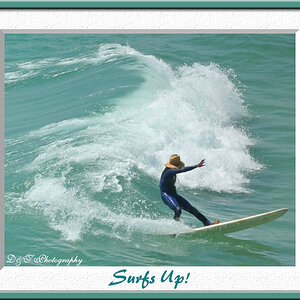
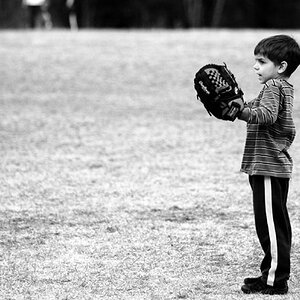
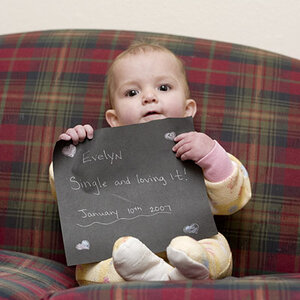
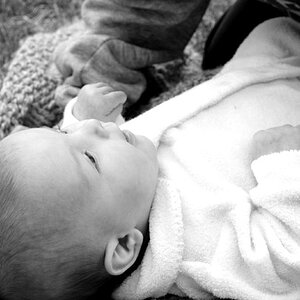
![[No title]](/data/xfmg/thumbnail/36/36301-27972c0474532c2ef657014362950733.jpg?1619737495)